LG G5 vs LG G6: first look
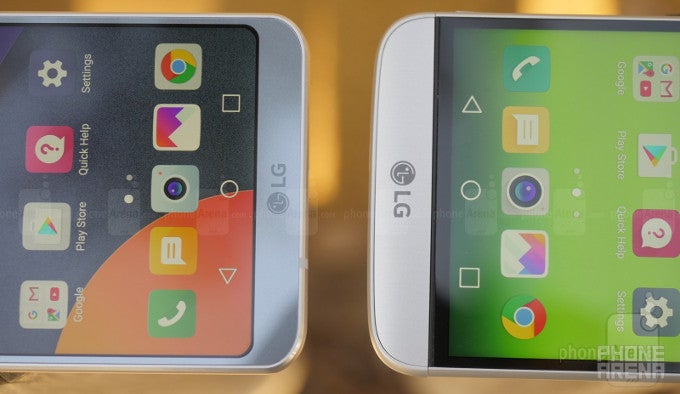
Design
Another year, another change in concepts for LG. The modular idea that was introduced with the LG G5 wasn't exactly a success and has quickly been dropped for features, which the market has proved are more desirable.
Display
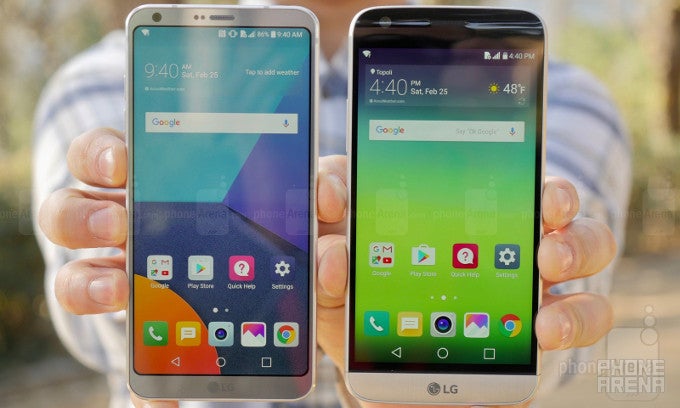
So, the G6 has the much larger screen, sure, but it's worth noting that its aspect ratio is changed, too. Instead of the good-ol' 16:9, the new phone rocks a ratio of 18:9 (2:1), allowing LG to do some cool stuff with the phone's interface, by splitting the screen in two or utilizing every part of the long, long screen. But that's the catch – the display is so large because it was elongated. When it comes to watching 16:9 videos from, say, YouTube, you will be greeted by two black bars, letterboxing the clip, effectively losing out on that 5.7-inch size. Games and apps, however, seem to have less of a trouble adapting to the full screen of the G6, and that's pretty cool.
The panel is of the IPS LCD variety. In terms of resolution, we've got 1440 x 2880 pixels, making for a pixel density of 565 ppi — that's insanely crisp. The new display also supports Dolby Vision for insane contrast and punchy colors. It also covers HDR10, in case you were wondering.
The LG G5 doesn't have thunderous features to toot its horn with — it's just a solid, 5.3-inch, IPS LCD panel, with a QHD (1440 x 2560) resolution (554 ppi). Its orthodox ratio of 16:9 means that you get to use the screen to its fullest at all times.
In case you are wondering, both displays support the always-on mode, which LG first introduced last year — a small, dimmed clock and basic notifications are visible on the display at all times when this is on.
Interface and software
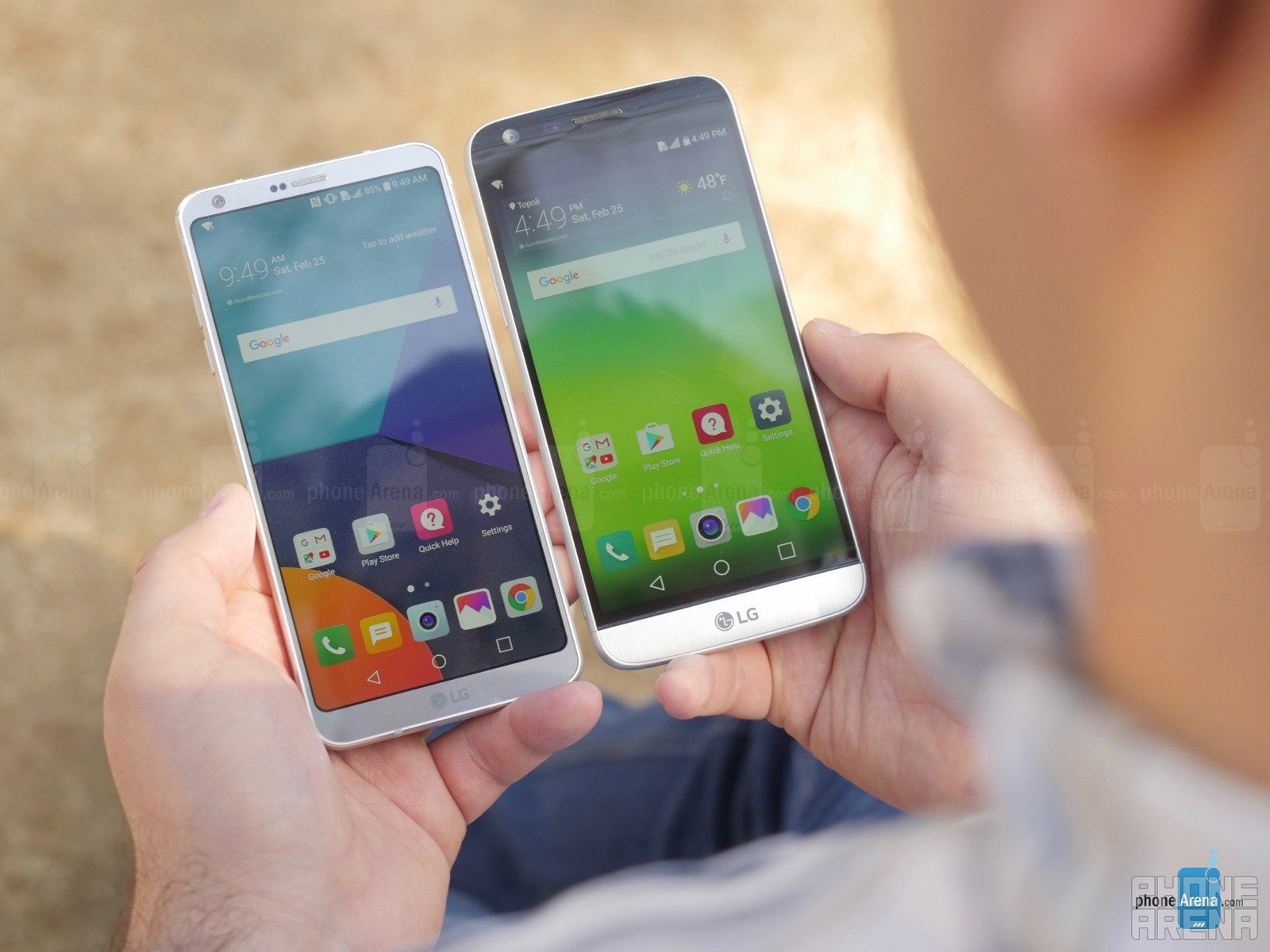
Both the G5 and G6 rock LG's UX plastered over the Android operating system. It's a pretty straightforward interface, which is flexible in terms of customizability — you can choose whether you want to have an app drawer or not, you've got a theme store, the settings menu can either be in a list or separated by tabs, and so on. In reality, the differences between the two phones' UIs come from the new features, which make use of the G6's display, and the slight cosmetic changes to match the G6's appearance.
Hardware
The G5 is a year older, so the G6 is surely more powerful, right... right? Well, we wouldn't exactly say so. The LG G5 rocks a 2.2 GHz Qualcomm Snapdragon 820 SoC and 4 GB of RAM, the G6 has the only slightly newer Snapdragon 821, humming at 2.35 GHz, coupled with 4 GB of RAM. The 821 is still a 2016 model — it was released in the second half of last year. But that's not necessarily a bad thing — LG claims it wanted to really spend time optimizing its hardware and software to work well with the system's processor, and that wouldn't be possible if it wanted to try and go with the Snapdragon 835, which is the fresh model for H1 2017.
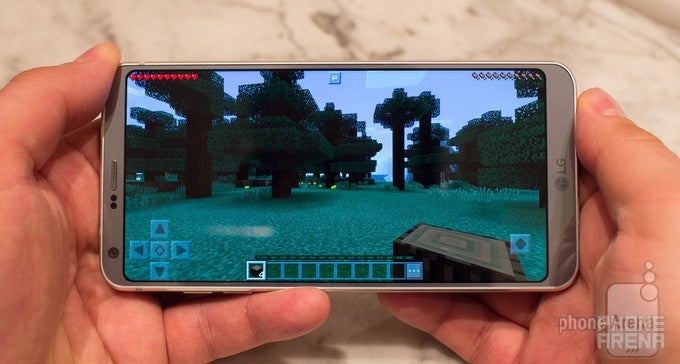
In practical terms, we'd say both the G5 and G6 are extremely snappy and satisfying to work with. The fact that you don't get a cutting-edge processor in the new phone might rub gearheads the wrong way, but we are pretty sure that the casual user would be happy with the performance from both of these phones.
Camera
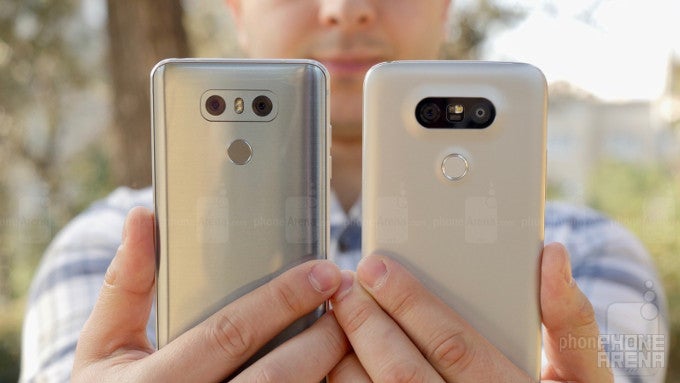
LG has had the dual camera setup with one wide-angle and one “normal” camera on the back since last year's G5. And not much has changed with the G6. The wide-angle sensor has been improved to have a 13-megapixel resolution, promising more detailed wide shots than the G5's 8 MP snapper.
Now, on the front, we have another unorthodox decision. On the old G5, LG has your typical 8 MP camera for selfies, nothing shocking there. On the G6, however, the company wanted to really adopt the concept of wide-angle shooting on both sides, so it places a 100-degree wide-angle camera on the front. The downside is that its resolution got changed to 5 MP and if you want to take selfies that are sans the fisheye effect, you need to enter the "normal" mode, which just applies a digital zoom to your camera and crops out the lens distortion that occurs around the edges of the photo. So, we are a bit skeptical about the detail of the G6's selfies. Oh, also, it's possible that video chat apps will only show your mug in wide-angle format — at least that's what the case was with the LG V20, which employs a similar concept for the front cam.

LG G6 wide selfie and "normal" selfie
Expectations
In reality, both phones are great. Obviously, the G6 is new, enticing, shiny, and futuristic, and we wouldn't blame you if you want to trample a heap of G5 units while trying to get to it. But we'd say that LG's 2016 flagship is not all that bad, even 12 months after its release. Sure, its modular concept didn't really go anywhere, but it's still snappy, feels good in the hand, and takes great photos.
Follow us on Google News









![A new Android bug is making it impossible to install new apps. Are you affected? [UPDATE]](https://m-cdn.phonearena.com/images/article/176703-wide-two_350/A-new-Android-bug-is-making-it-impossible-to-install-new-apps.-Are-you-affected-UPDATE.webp)


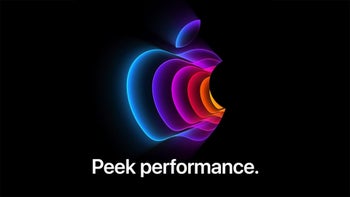
Things that are NOT allowed:
To help keep our community safe and free from spam, we apply temporary limits to newly created accounts: